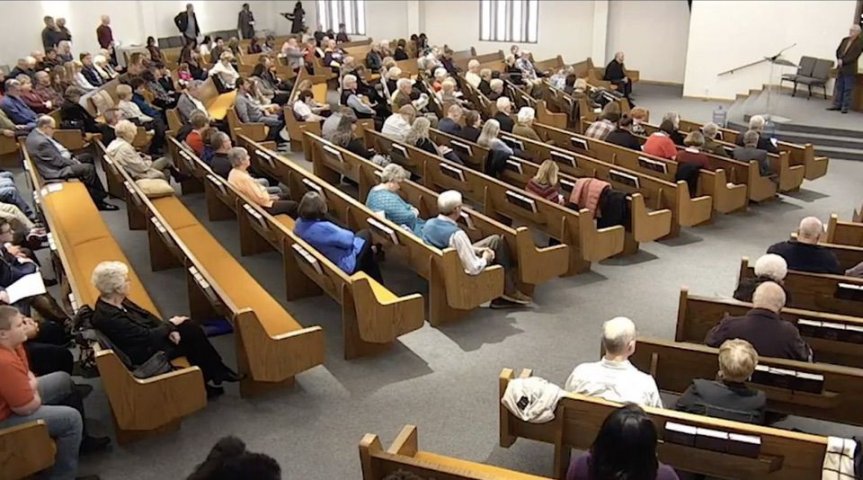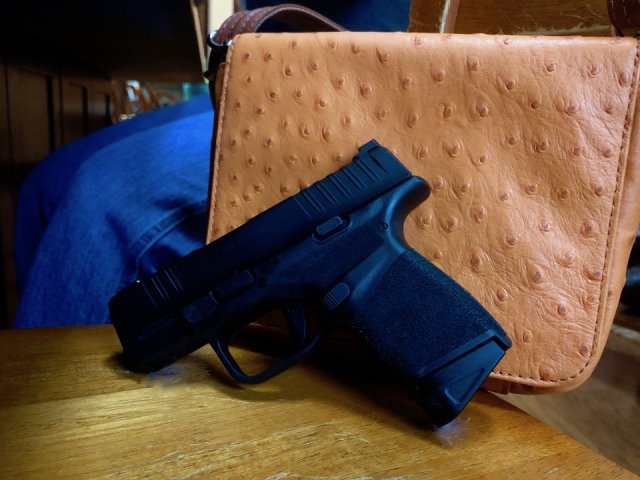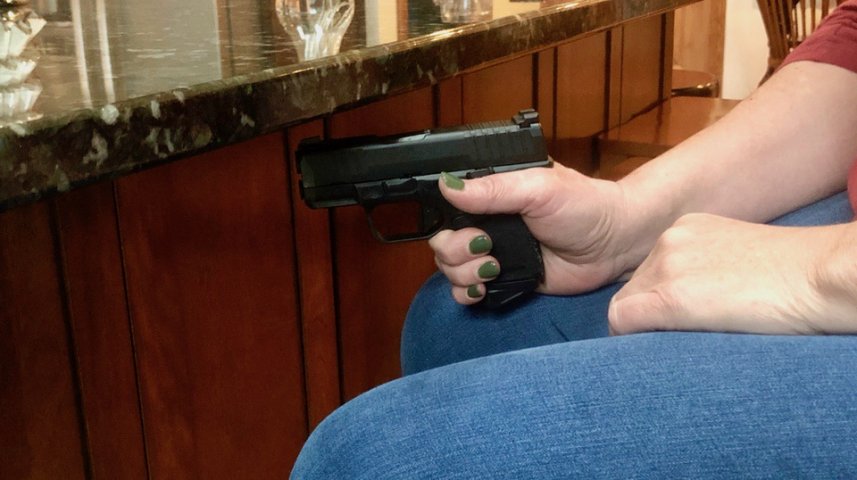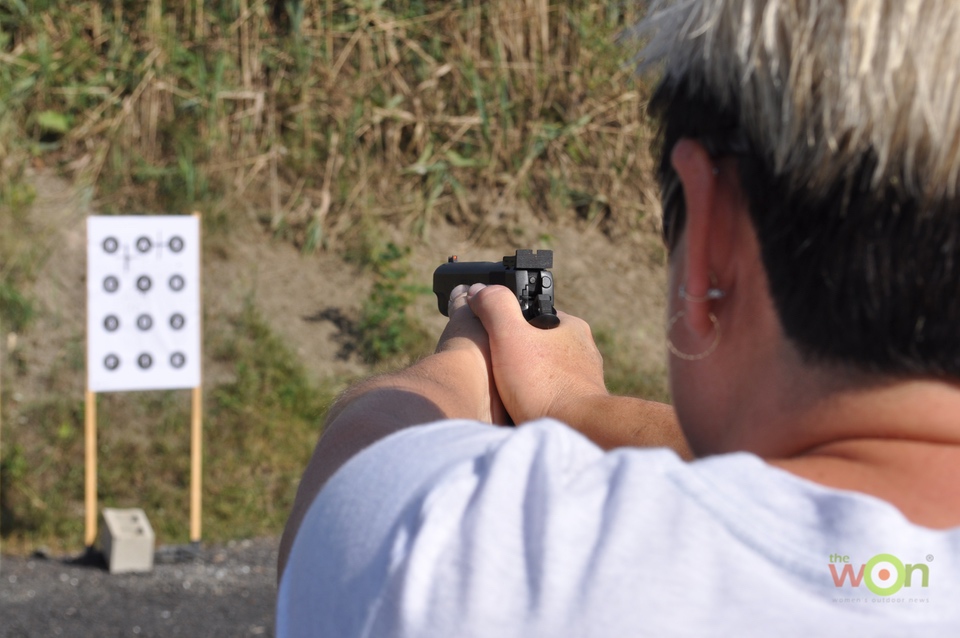Over the past few months, I’ve written about situational awareness and how to lessen your chances of becoming a victim. This month, I’m taking it a step further. Sometimes, regardless of how observant you are, you’re in a situation where you have no choice but to use deadly force.
Sponsored by Springfield Armory
In 2013, I participated in season 1, episode 1 of Gun Talk TV’s “First Person Defender.” This stressful and eye-opening, scenario-based experience taught me the importance of being able to draw a pistol without being noticed.

Likewise, the December 2019 Texas Church shooting reminded me of the gravity of failing to have a stealth draw. Would that have made a difference for the first man murdered? Should any verbal commands been given? If someone comes into your place of worship, school or anywhere else and points a firearm at innocent people threatening them, are they not showing means, opportunity and intent?

When in a situation without any safe alternative and you have no choice but to use deadly force, keep in mind these 3 things: speed, surprise and violence of action.
Most people only have the opportunity to practice shooting on a square range. Often, they can’t even draw from a holster. When practicing the following situations in your home, use a SIRT pistol or your UNLOADED (and double checked) EDC gun. *Make sure to remove all ammunition from the room when practicing.

Consider all the various seating types you encounter when heading out to eat, such as hightop tables, booths, tables with heavy chairs that barely move, benches, couches, bar stools and more. They all put you into a different position with different considerations, especially for a deadly force situation. Next, think about how you carry your handgun. Is it in a holster on your side, appendix, ankle or back? Do you carry off-body? If so, where is your purse?
Now, the most important part – can you get to your gun without being noticed?

Since the act of drawing from a seated position has so many different variables, I offer these pointers for your dry-fire practice. Ideally, when practicing, have a friend watch you for movement or have a large mirror in front of you to check yourself. Keep in mind these things: surprise, speed and violence of action.
Remember, the body won’t go where the mind has never been. I have never had a deadly force encounter; however, I often play over scenarios in my head, imagining what I would do in the same situation. The next step is to build up confidence in both shooting skills and your ability to draw the gun stealthily, which will improve your overall situational awareness, too.

When on the range, increase your situational awareness by practicing distant and close-in shots with various sized targets. At home, find out the best technique for drawing in relation to each way you carry, and apply those methods in different each situations you may encounter.
Finally, make sure you know your laws about deadly force encounters. When in a situation, you don’t want to have to second guess yourself and waste precious time.
Read the previous posts in the situational awareness series:
Situational Awareness Skills: Lessen Your Chance of Being a Victim
Situational Awareness Skills: Tips to Help You Stay Frosty
Situational Awareness Skills: Teaching Kids Observation Skills
Situational Awareness Skills: Texas Church Shooting Take-Away
Michelle Cerino, aka Princess Gunslinger, first entered the firearms industry in 2011 as co-owner, president and trainer at a national training company. She immediately began competing in both 3-Gun and NRA Action Pistol, becoming a sponsored shooter. Michelle is currently a columnist and Managing Editor of Women’s Outdoor News, as well as owner of Pervenio LLC. She also manages social media for Vera Koo and FASTER Saves Lives. Michelle encourages others to step out of the comforts of home and explore. View all posts by Michelle Cerino